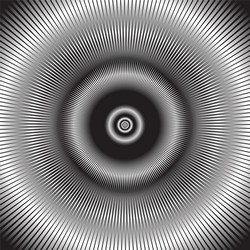Time-reversed acoustics in biomedical imaging
A sound can be described at any point in space by a scalar and vector quantity. The scalar quantity, namely the sound pressure, can be measured using transducers. But, the vector of acoustic particle velocity only recently became measurable with the development of acoustic vector sensors. The aim of the VECTRA(opens in new window) (High-resolution and robust time reversal acoustics using vector sensor arrays) project was to demonstrate that the additional information recorded by these new acoustic systems can be exploited to control sound propagation through complex media and improve target detection. Researchers developed algorithms and techniques to improve time-reversed acoustics using arrays of acoustic vector sensors. The methodology followed involves time-reversing recorded sound and re-transmitting back it into the medium. The re-transmitted signal propagates to and refocuses on the source. Three key metrics were used to measure performance improvements in time-reversed acoustics. These were temporal and spatial resolution of the time-reversal focus, signal-to-noise ratio of the focus and convergence rate, showing how quickly focus can be achieved. Specifically, using the new algorithms and techniques, researchers were able to improve the signal-to-noise ratio up to 15 times and the convergence rate up to 10 times. In addition, a new signal processing method was developed for arrays up to 75-80 % smaller without sacrificing performance. The performance of algorithms and techniques developed and tested through numerical simulations was also validated by dedicated experiments. Importantly, the initial hypothesis that the VECTRA team put forward – that time-reversed acoustics can be significantly improved with acoustic vector sensors – proved correct. Biomedical imaging is expected to benefit from VECTRA results. New knowledge gained through project research will be applied in the context of a follow-up project to improve existing techniques used for screening breast cancer and increase the spatial and temporal resolution. Additional applications are foreseen in home entertainment systems where time-reversed acoustics can be used to characterise the indoor environment and localise persons.






